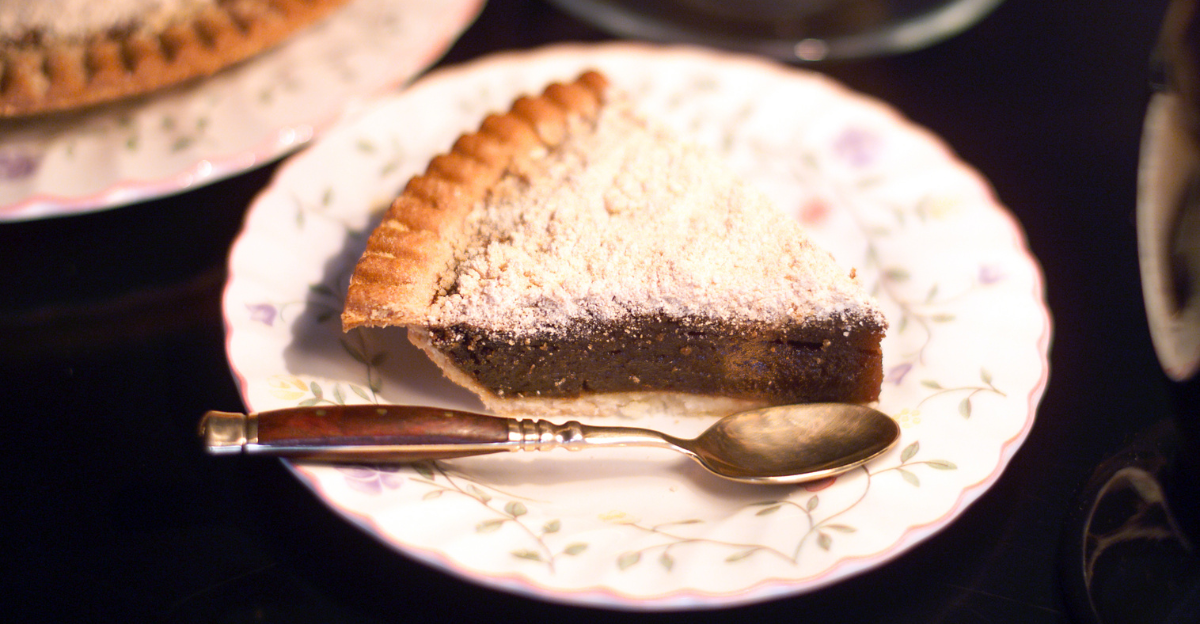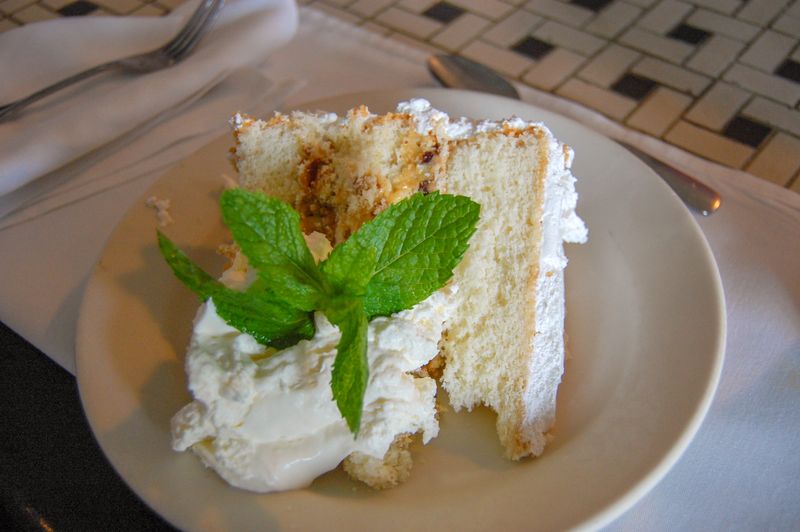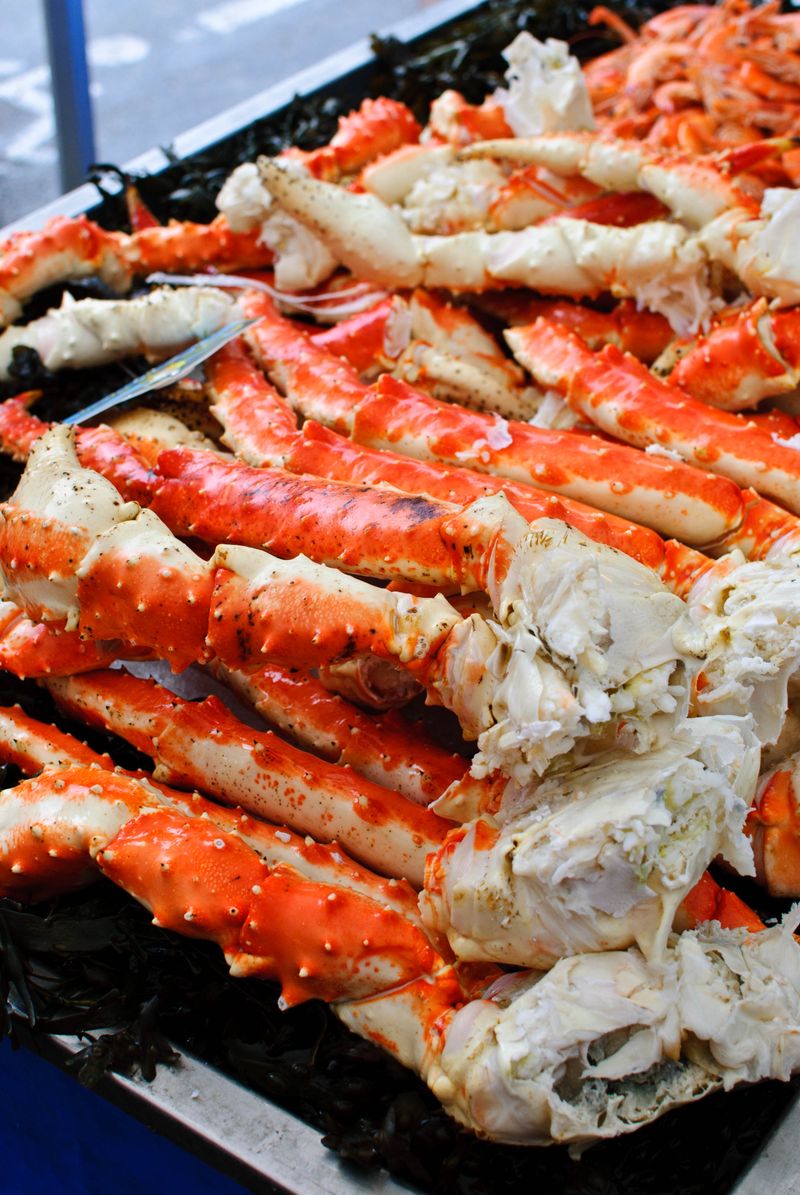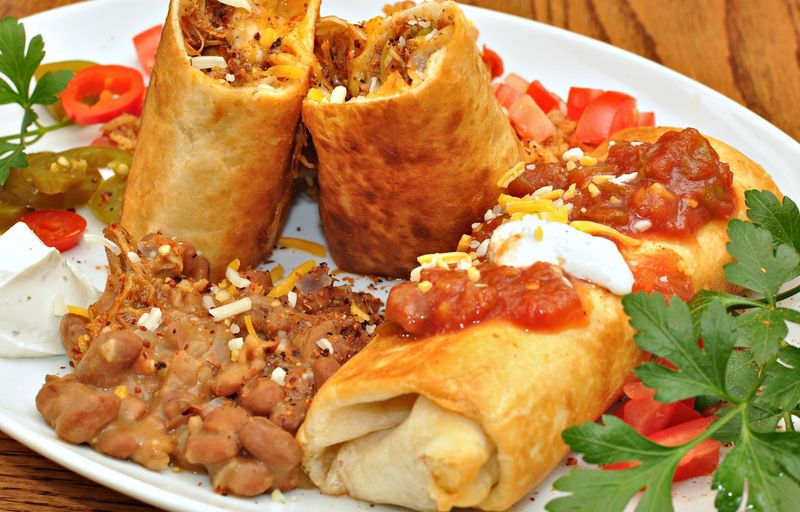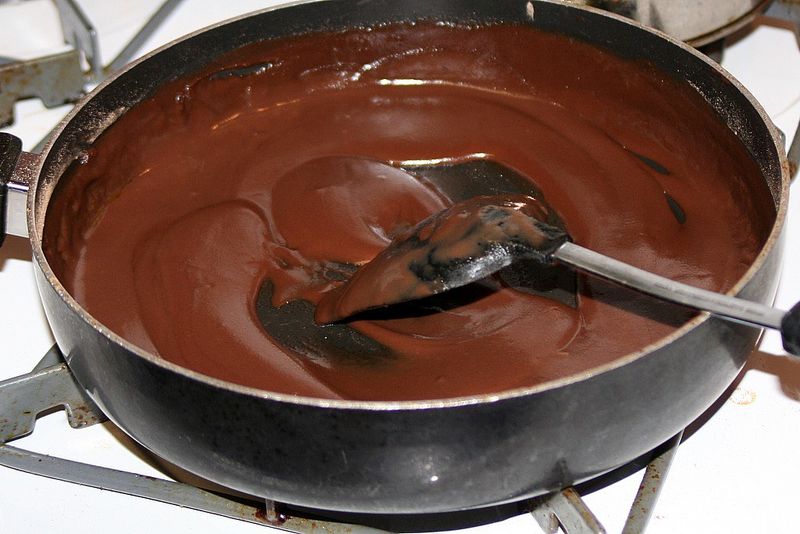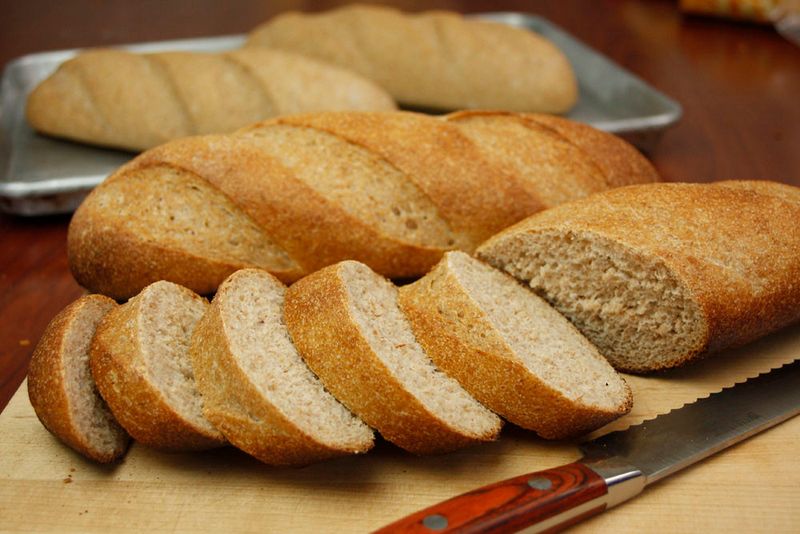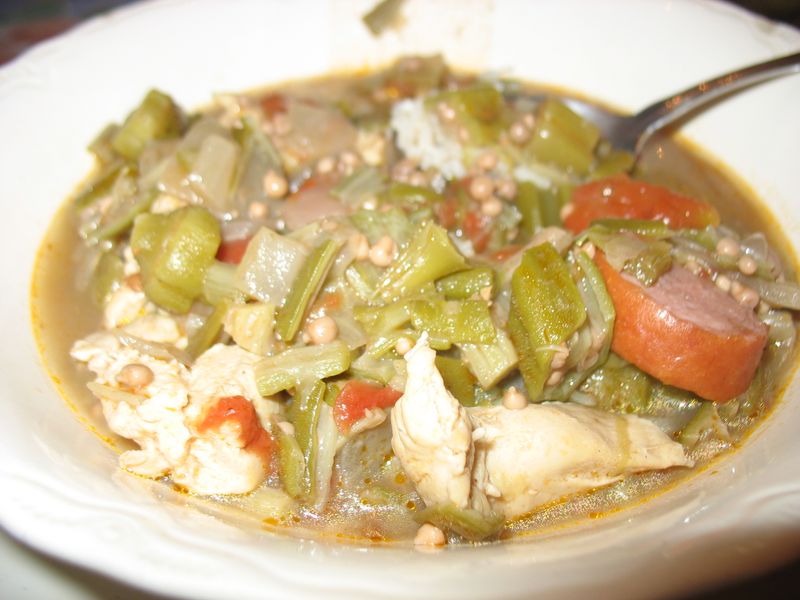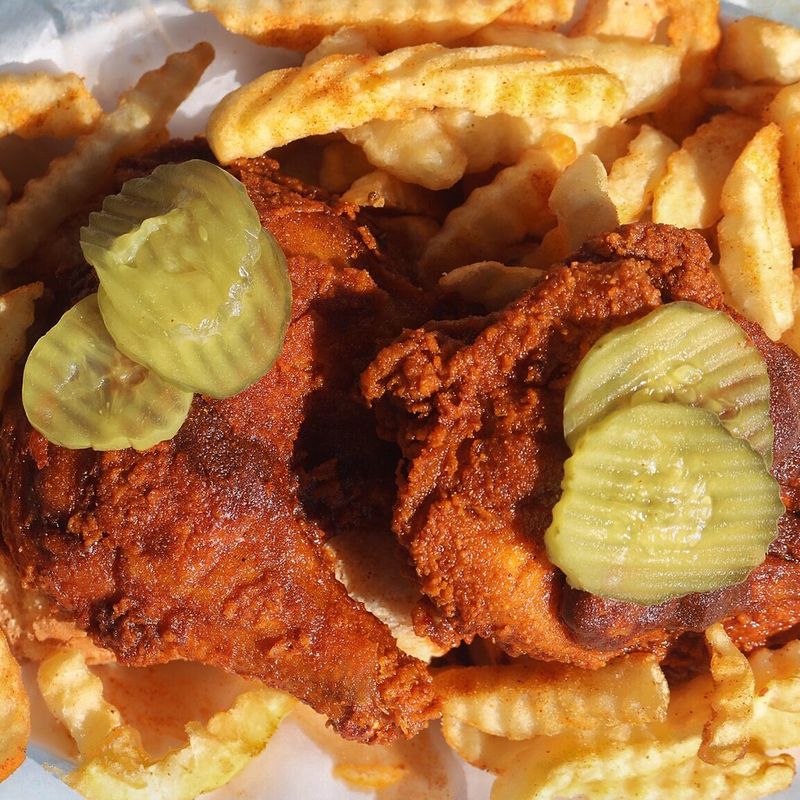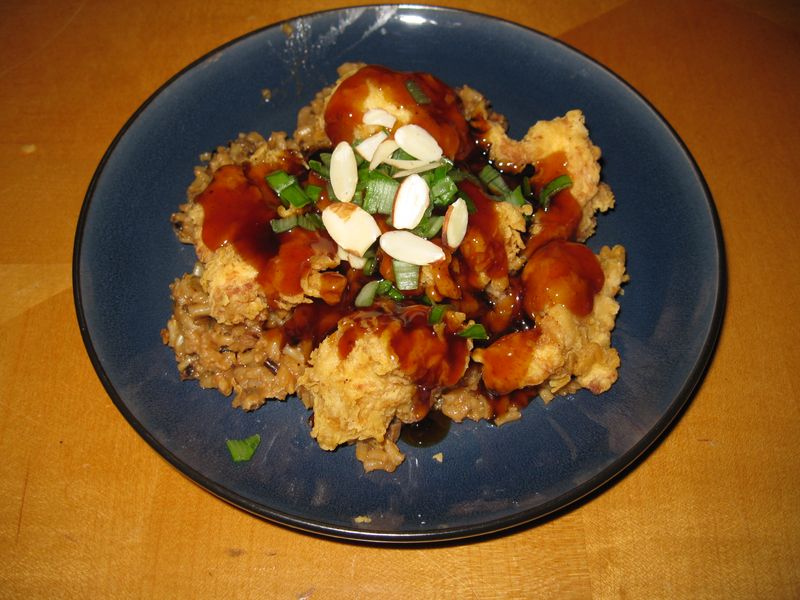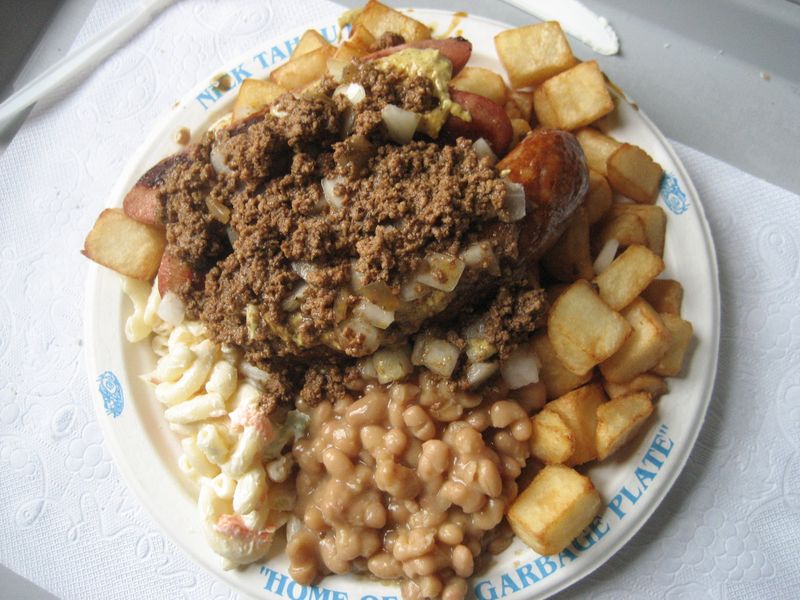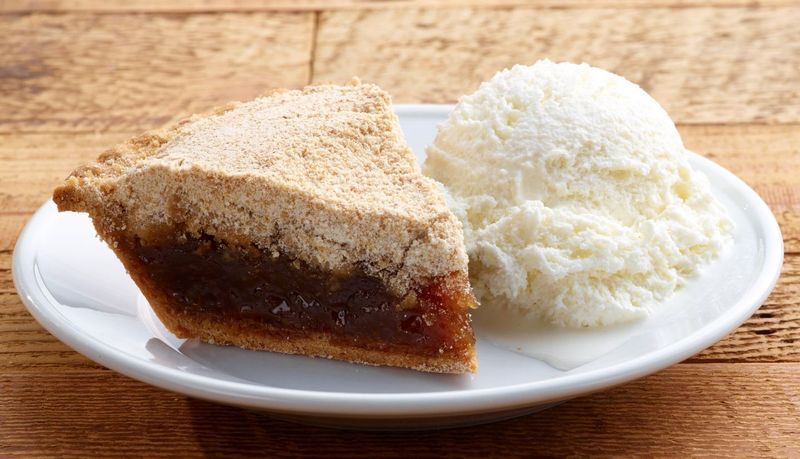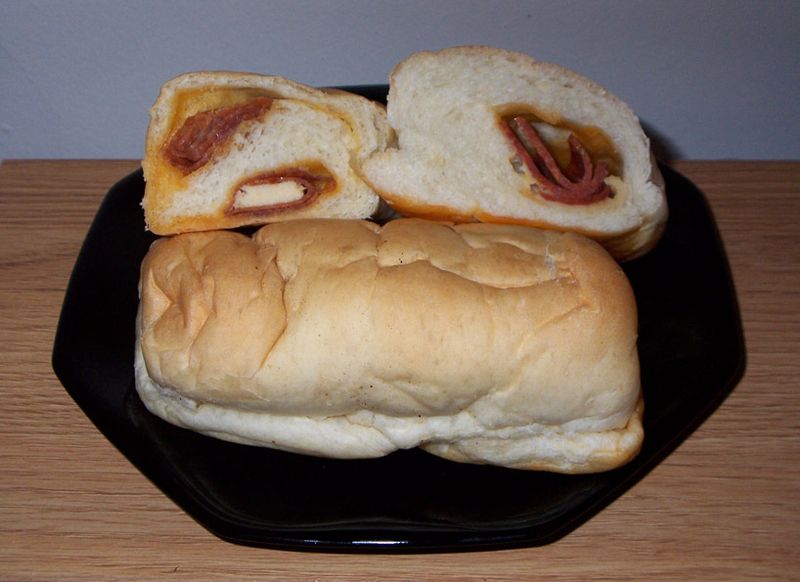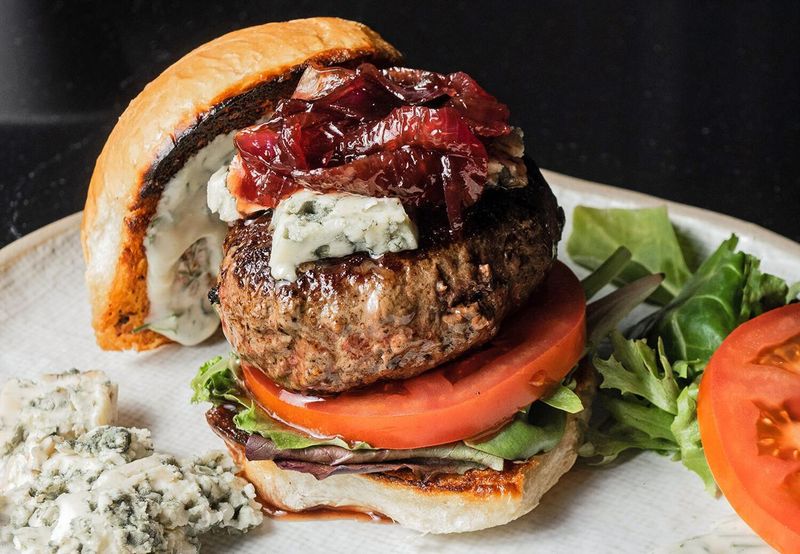America’s culinary landscape is as diverse as its geography. From coast to coast, each state boasts unique dishes that tell stories of cultural heritage, local ingredients, and regional innovation. These signature foods have become symbols of state pride, drawing food lovers on cross-country pilgrimages. Ready your appetite as we explore 12 must-try dishes that showcase America’s delicious diversity.
1. Alabama’s Lane Cake: A Presidential Sweet Treat
This boozy, fruity layer cake has been an Alabama treasure since Emma Rylander Lane won a county fair with it in the 1890s. Fluffy white cake layers sandwich a rich filling of bourbon-soaked raisins, coconut, and pecans.
Harper Lee even mentioned Lane Cake in “To Kill a Mockingbird,” cementing its place in both literary and culinary history. Former President Jimmy Carter was reportedly a huge fan!
Modern versions might include dried cherries or different spirits, but authentic Lane Cake always features the distinctive bourbon-fruit filling and a cloud-like white frosting that makes it a showstopper at Southern celebrations.
2. Alaska’s King Crab Legs: Ocean Bounty from the Last Frontier
Harvested from the icy waters of the Bering Sea, Alaska’s king crab legs represent the pinnacle of seafood luxury. These massive, bright red legs can span over three feet and yield sweet, tender meat that practically melts in your mouth.
Crab fishing ranks among the world’s most dangerous professions, with crews battling treacherous waves and freezing temperatures during the brief winter season. The reward? The unmatched flavor that makes this delicacy worth every risk.
Simply steamed and served with clarified butter, Alaska king crab delivers a naturally sweet flavor that seafood lovers consider the ultimate indulgence.
3. Arizona’s Chimichanga: The Accidental Deep-Fried Masterpiece
Legend has it that Arizona’s most famous dish was born from a kitchen mishap when a burrito accidentally fell into a deep fryer. Rather than toss it, the cook exclaimed “chimichanga”—a Spanish expression of surprise—and served the crispy creation.
Whether invented in Phoenix or Tucson (both cities claim credit), this deep-fried burrito has become Arizona’s unofficial state food. The golden-brown exterior gives way to a savory filling of beef or chicken, beans, and cheese.
Topped with sour cream, guacamole, and salsa, chimichangas showcase the Mexican influences that define Southwestern cuisine and provide the perfect hearty meal after a day exploring the desert.
4. Arkansas’ Chocolate Gravy: Breakfast with a Sweet Twist
Forget everything you know about traditional gravy! Arkansas’ chocolate gravy transforms the breakfast table with its unexpected sweet decadence. This Ozark Mountain specialty combines cocoa powder, sugar, flour, and milk into a thick, pourable chocolate sauce that’s traditionally ladled over fresh-baked biscuits.
Rural families have passed down this recipe for generations, creating morning memories that blend comfort food with dessert-like indulgence. Kids and adults alike scrape their plates clean when chocolate gravy makes an appearance.
While some add cinnamon or vanilla for extra flavor, purists insist the simple chocolate-sugar combination paired with buttery biscuits creates breakfast perfection that defines Arkansas morning cuisine.
5. California’s Sourdough Bread: Gold Rush Legacy in Every Bite
San Francisco’s signature sourdough gets its distinctive tangy flavor from a unique strain of wild yeast that thrives in the city’s foggy climate. Gold Rush miners treasured these loaves so much they carried sourdough starters in pouches around their necks, earning the nickname “sourdoughs” themselves.
The bread’s crackling crust gives way to a chewy, tangy interior that pairs perfectly with California’s other famous exports—wine and cheese. Boudin Bakery, established in 1849, still bakes with the original Gold Rush-era sourdough starter.
Beyond being delicious, true San Francisco sourdough represents living history—a taste unchanged since California’s formative days, making it both a culinary treasure and cultural artifact.
6. Louisiana’s Gumbo: Cultural Melting Pot in a Bowl
Gumbo embodies Louisiana’s multicultural heritage in every spoonful. This thick, fragrant stew starts with a roux—flour slowly browned in fat until mahogany-colored—reflecting French influence, while filé powder from
Choctaw traditions and okra from African cooking complete its distinctive character. Cajun gumbo typically features chicken and andouille sausage, while Creole versions incorporate tomatoes and seafood. The holy trinity of onions, celery, and bell peppers forms the aromatic base of both styles.
Served over rice and often accompanied by potato salad, gumbo isn’t just food—it’s Louisiana’s history in edible form, bringing together European, African, and Native American elements into one magnificent dish that changes with each family’s recipe.
7. Tennessee’s Nashville Hot Chicken: Fiery Revenge Gone Right
Nashville Hot Chicken supposedly began as revenge against a womanizing boyfriend when his girlfriend served him extra-spicy fried chicken after a night of carousing. The plan backfired spectacularly—he loved it so much, he opened a restaurant!
Prince’s Hot Chicken Shack pioneered this now-iconic dish, which features chicken marinated in buttermilk, fried to perfection, then slathered with a paste of lard and cayenne pepper that ranges from mild to mouth-numbingly hot.
The signature bright red color warns of the spice level within. Traditionally served on white bread with pickle chips to cut the heat, Nashville Hot Chicken has sparked food pilgrimages to Tennessee and inspired countless imitators nationwide.
8. Missouri’s Springfield-Style Cashew Chicken: East Meets Midwest
Created by Chinese immigrant David Leong in 1963, Springfield-style cashew chicken brilliantly blends Chinese cooking with Midwestern comfort food sensibilities. Unlike traditional stir-fried cashew chicken, this version features battered and deep-fried chicken chunks topped with oyster sauce gravy, cashews, and green onions.
Leong developed the dish after noticing locals’ hesitation toward Chinese cuisine. His creation became so popular that Springfield now boasts over 70 restaurants serving this specialty, many run by Leong family members or former employees.
The dish represents American innovation at its finest—adapting traditional recipes to local tastes while creating something entirely new that’s become central to a city’s identity.
9. New York’s Garbage Plate: Late-Night Feast from Rochester
Don’t let the name fool you—Rochester’s famous Garbage Plate is a glorious mountain of food that’s saved many a college student and night owl from hunger pangs. Created during the Great Depression at Nick Tahou Hots, this massive meal piles macaroni salad and home fries beneath hot dogs or hamburgers, then drowns everything in meat sauce, mustard, and onions.
The original version requires a specific layering technique: sides on bottom, meat on top, condiments to finish. Each restaurant offers variations, but all deliver approximately 3,000 delicious calories in one overflowing plate.
Local college students consider consuming a Garbage Plate a rite of passage, especially after midnight when its combination of protein, carbs, and fat works magic on late-night appetites.
10. Pennsylvania’s Shoofly Pie: Sweet Molasses Magic
Pennsylvania Dutch country’s most famous dessert features a gooey molasses bottom topped with crumbly streusel—no actual flies involved! The name likely comes from bakers shooing flies away from the sweet treat as it cooled on windowsills.
Amish and Mennonite communities have baked this molasses-rich pie for generations, originally serving it with morning coffee as a breakfast treat. The pie comes in “wet bottom” (with a layer of gooey molasses) or “dry bottom” (more cake-like) varieties, sparking friendly debates about which version reigns supreme.
Made without eggs or dairy in traditional recipes, Shoofly Pie showcases the Pennsylvania Dutch talent for creating delicious desserts from simple pantry ingredients available during harsh winters.
11. West Virginia’s Pepperoni Roll: Coal Miner’s Portable Perfection
Invented in 1927 by Italian immigrant baker Giuseppe Argiro, the pepperoni roll solved a practical problem for coal miners: they needed a portable, non-refrigerated lunch that wouldn’t get crushed in their pockets.
His solution? Soft bread dough wrapped around pepperoni sticks, which release oils during baking that flavor the bread. As miners bit into these rolls, the spicy pepperoni provided energy for long shifts underground.
Today, they’re sold everywhere from gas stations to fine restaurants across the state. The West Virginia legislature even defended this cultural icon against FDA regulations that threatened traditional production methods, proving how deeply this humble food is woven into the state’s identity and heritage.
12. Wyoming’s Bison Burger: Wild West on a Bun
Wyoming’s vast rangelands provide the perfect habitat for America’s national mammal—the American bison. Once hunted to near extinction, these magnificent animals now thrive on Wyoming ranches, providing lean, flavorful meat that’s become the state’s signature protein.
Bison meat contains less fat and cholesterol than beef while offering more protein and iron. The rich, slightly sweet flavor stands up beautifully to Wyoming’s other famous products: sage, juniper berries, and whiskey, which often feature in seasonings and accompaniments.
Local restaurants serve bison burgers with creative toppings like huckleberry compote or roasted poblano peppers, creating a taste experience that connects diners to Wyoming’s wild frontier spirit and conservation success story.
